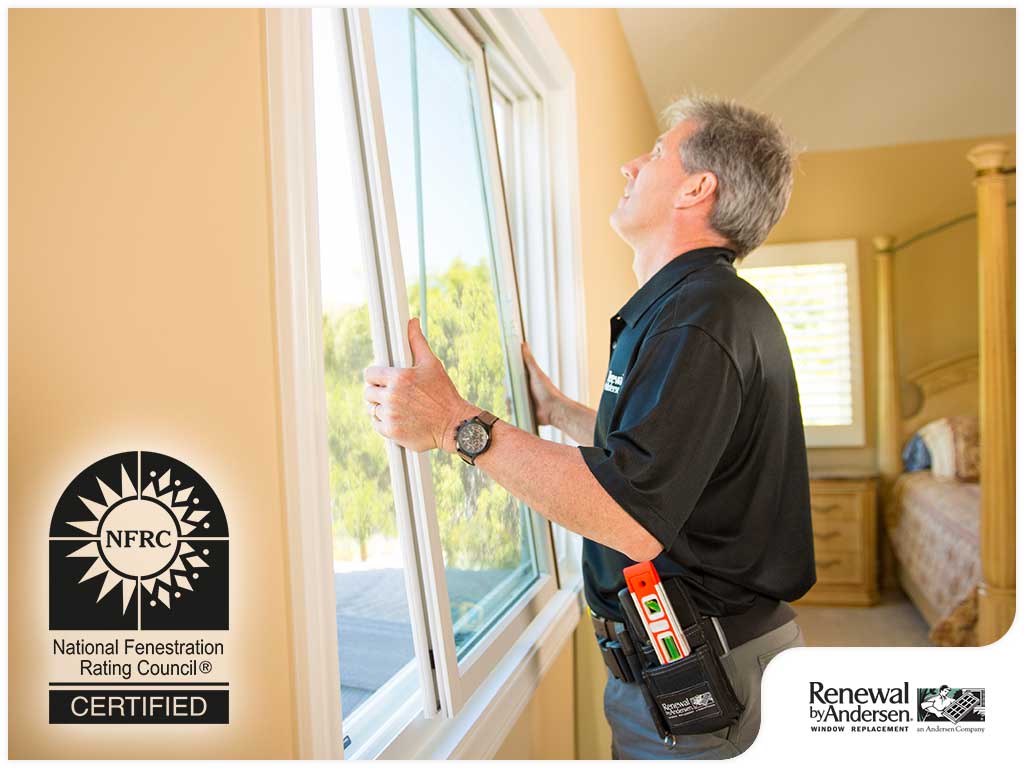

Many factors are considered when selecting windows for your home. These include style, color, design and, most importantly, energy efficiency. To determine a product’s energy efficiency, experts usually recommend looking into the National Fenestration Rating Council® (NFRC) labels and the ENERGY STAR® ratings. But what actually makes these two different from each other?
NFRC Labels
An NFRC certification serves as proof that a product has been independently tested, certified and labeled for its energy performance. It breaks down a window’s energy performance, enabling customers like you to make a well-informed purchasing decision.
For window labels, the following categories are typically included:
1. U-Factor – This measures how well a window can prevent heat from escaping a room. A lower number means that it has better capacity to do this job, and it ranges from 0.20 to 1.20.
2. Solar heat gain coefficient (SHGC) – This measures a window’s resistance against unwanted heat gain. This is especially an important factor during summer when you want to keep your interior cool. For SHGC, look for low numbers.
3. Visible transmittance (VT) – This measures how well a window can effectively light your home with natural light. You would want to aim for higher numbers, which means the replacement windows in Murfreesboro, TN can let more natural light inside.
4. Air leakage (AL) – This measures how much air can enter a room through the window. Lower numbers means less drafts, which means reduced energy wastage.
ENERGY STAR® Ratings
ENERGY STAR-certified windows are independently tested and certified, and they are verified by the NFRC. The main difference between NFRC and ENERGY STAR labels is this: NFRC labels do not distinguish between “good” and “bad” windows; they are simply there to offer an overview of a window’s capacity in terms of their energy performance. Meanwhile, ENERGY STAR serves as a simplified guide for consumers to identify what products have superior energy performance. This means that ENERGY STAR sets minimum performance standards and requires certain performance levels that windows should meet if they were to have an ENERGY STAR certification. That said, ENERGY STAR ratings are based on U-factor and SHGC ratings only.
Nevertheless, the performance criteria for windows vary for every climate zone. This means that there is no one-size-fits-all window. A window designed for the northern parts of the country are typically not ideal for homes in the southern, south central or north central regions. Make sure to consult with a window professional to ensure that you’re getting the correct type of window for your home.
ENERGY STAR windows come in different materials, too. At Renewal by Andersen®, windows are made from an exclusive material called Fibrex®, a fine combination of the strength and stability of wood and the low-maintenance features of vinyl. Fibrex is manufactured with real wood fibers so it’s naturally sturdy. Furthermore, it enables windows to have narrower frames, which means these windows have more glass area. This composite material does not expand or contract very much, even when the temperature undergoes extreme changes. Because of this quality, Andersen windows are easy to maintain and long-lasting.
Renewal by Andersen of Nashville can install a variety of windows, such as sliding windows, specialty windows and bay windows in Murfreesboro, TN. Our team follows industry standards to ensure high-quality workmanship and value for your money. As an industry leader, we can guarantee superior products and services.
To learn more about our offerings, call us at (866) 609-5033, or fill out our contact form.